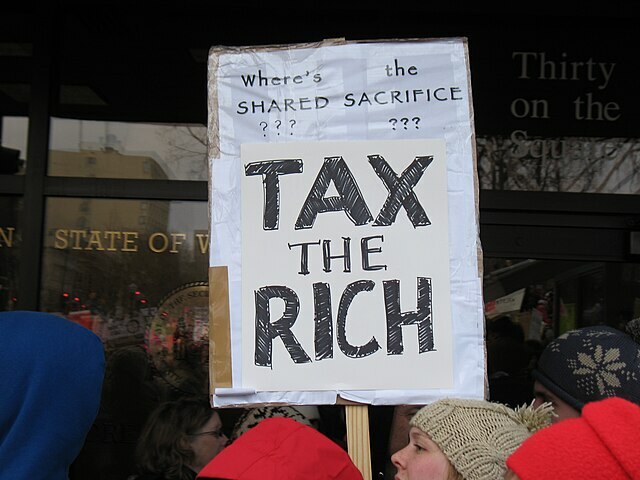On most days and most roads, most drivers treat posted speed limits as the recommended speed. A person driving at the speed limit can be the slowest vehicle moving on some roads and create a safety hazard. When the road is wet, icy, or uneven because of potholes or construction, however, the best advice is to slow down. The John Locke Foundation has long recommended the rate of population growth and inflation as the “speed limit” for state government spending.
Since 2011, state budgets have grown at or below the posted speed. When we defended the legislature’s billion-dollar tax cut in 2017, we based our support on continued spending growth in the range of 2.5 percent per year, which the legislature had maintained since 2011.
Legislative leaders unveiled a $23.917 billion spending target on Monday that increases spending by 3.9 percent from the current year’s budget, which is right at the spending speed limit. It would add $265 million to the budget already passed for next fiscal year and would spend more than the revenues available, drawing down reserves.
Compared to the 2017-18 fiscal year, the budget already includes a 6 percent raise for teachers and tax reductions for individuals and companies. In addition to the $270 million pay raise for teachers (plus $80 million for pensions and $35 million for health benefits) and a $500 million tax reduction, the budget also includes $90 million for other state employees’ pensions and health benefits, though no higher salaries for those state employees. The budget adds $10 million for opportunity scholarships and $11 million for the NC Promise Tuition Plan. Enrollment growth in K-12 and UNC schools adds $96 million. Medicaid has $110 million more to account for changes in who enrolls and how they use the program. The largest nonrecurring increase baked into the budget is $16 million from a settlement with Moody’s that will go to low-income housing through the Workforce Housing Loan Program. It also sets aside a portion of new revenue in savings and dedicates more money to infrastructure and capital needs.
Even with their higher spending target, budget writers have received more requests than they can fulfill. The biggest increases under discussion during the break have been school and prison safety, continued hurricane recovery assistance, and still higher pay for teachers.
Superintendent Mark Johnson wants the legislature to restore a $5.1 million reduction to the Department of Public Instruction so he can implement recommendations from an audit of the department. A coalition led by the North Carolina School Boards Association is pushing a $1.9 billion statewide school construction bond. In the wake of the Parkland, Florida, school shooting, Gov. Cooper has proposed spending $130 million for more school resource officers with better training and more school counselors and psychologists. And there are always calls for higher teacher salaries, already slated to increase 6.2 percent in the next fiscal year. The North Carolina Association of Educators (NCAE) plans a teacher protest at the Legislative Building for all of these issues and for Democrats.
State Budget Director Charles Perusse in December suggested $500 million in new spending, including money for higher salaries and pensions, Hurricane Matthew recovery, the opioid epidemic, and prison safety. In recent weeks, Gov. Cooper has proposed spending another $60 million for financial aid and worker training. The House Select Committee on Safer Schools has not released its full set of recommendations, but its working group on Physical Safety and Security had a much lower price tag on its preliminary recommendations.
North Carolina Emergency Management was criticized earlier this year for not spending any of the $237.5 million grant from the U.S. Department of Housing and Urban Development, though the News and Observer reports, “the state has already doled out more than $630 million in other forms of hurricane relief” including $86 million in state appropriations.
The biggest issues for corrections officers appear to be related to issues of respect and working conditions, rather than to salary. Although the prison population is shrinking, the per-prisoner cost is going up. North Carolina still has 55 prisons around the state, a dozen of them housing fewer than 300 prisoners each. There is no clear indication what the cost of prison reforms will be.
North Carolina’s ability to reform taxes and save money for the next recession depends on responsibly restrained spending growth. Compared to what Gov. Cooper indicated he plans to recommend during this election year, the legislature’s plan is restrained. The global economic road ahead looks less certain, and future budgets will need to grow much more slowly if the state’s economy is to continue flourishing.


